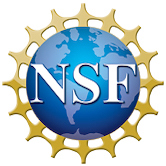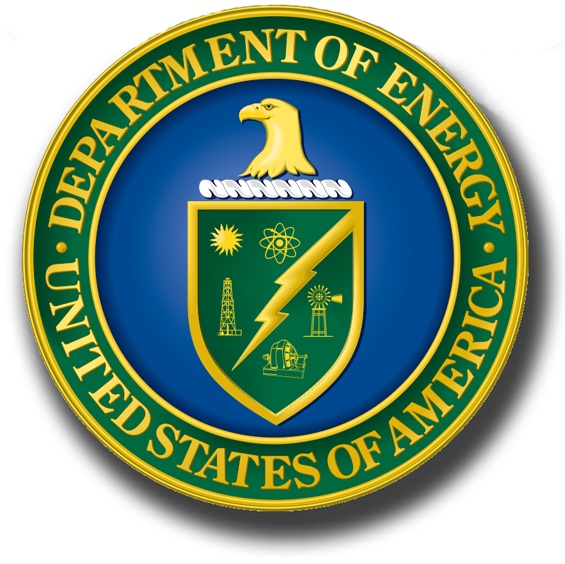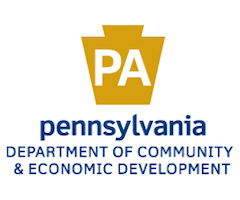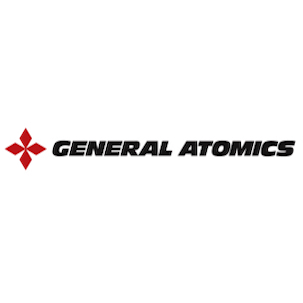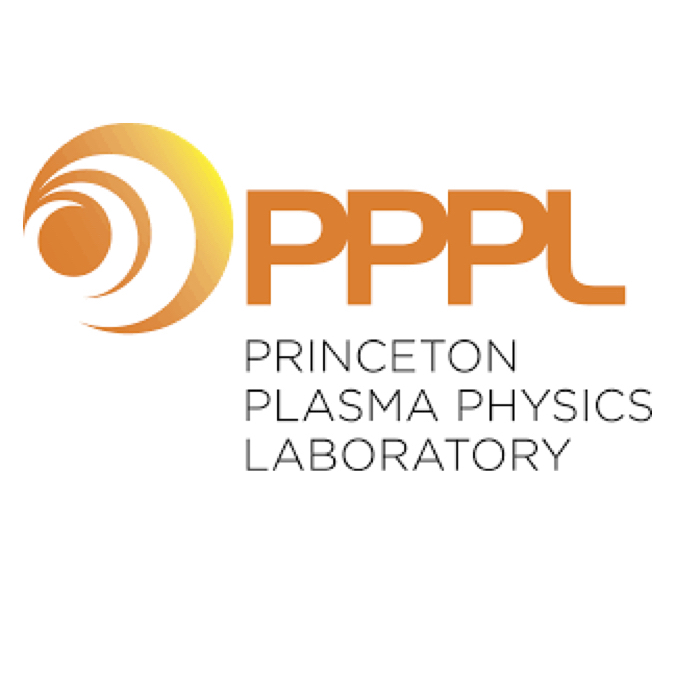Simultaneous Regulation of the Dimensionless Gain and Density by Real-time Estimation of Confinement Times
H. Al Khawaldeh, S.T. Paruchuri, T. Rafiq, E. Schuster
33rd Symposium on Fusion Technology (SOFT)
Dublin, Ireland, September 22-27, 2024
In future nuclear-fusion power reactors, regulating Q (the ratio of the
fusion power to the auxiliary power) will be part of routine operation.
By writing the global energy confinement time as 𝜏=Hs𝜏s, where 𝜏s is a
particular confinement scaling (e.g., ITER89P) and Hs is a ratio defining
the confinement quality, it is indeed possible to show that Q ∝ G(=βN*Hs/q95) [1],
where βN is the normalized beta and q95 is the safety factor at ⍴=0.95.
This relation underscores the significance of the dimensionless gain G in
maximizing Q. Such maximization can be achieved by requiring a high-pressure
limit (βN), high confinement quality (Hs), and high current-carrying capacity
(inverse of q95). Additionally, given the strong coupling between βN,
q95, and Hs with the plasma density, achieving high values of G while
avoiding violation of density limits will also require simultaneous regulation
of the plasma density. A model-based control algorithm is proposed in
this work for the simultaneous regulation of G and the line averaged electron
density n_e by leveraging real-time estimation of the energy and particle
confinement times. The controller is designed by embedding the 1D magnetic
diffusion equation along with the 0D energy and particle balance equations
in the synthesis process. The controller determines the auxiliary power,
overall plasma current, gas puffing and pellet injection that are needed
to achieve the desired targets while incorporating saturation constraints
and actuator dynamics, such as the discrete-time nature of pellet injection
and the time delays of gas puffing. The performance and robustness of
the proposed controller are tested in higher-fidelity nonlinear simulations
for KSTAR based on COTSIM, with the goal of supporting the efforts by
the KSTAR program on developing Q=10 scenarios for ITER.
[1] T. Luce, Fusion Science and Technology 48:2 (2005) 1212-1225.
*Supported by the US DOE under DE-SC0010537.
